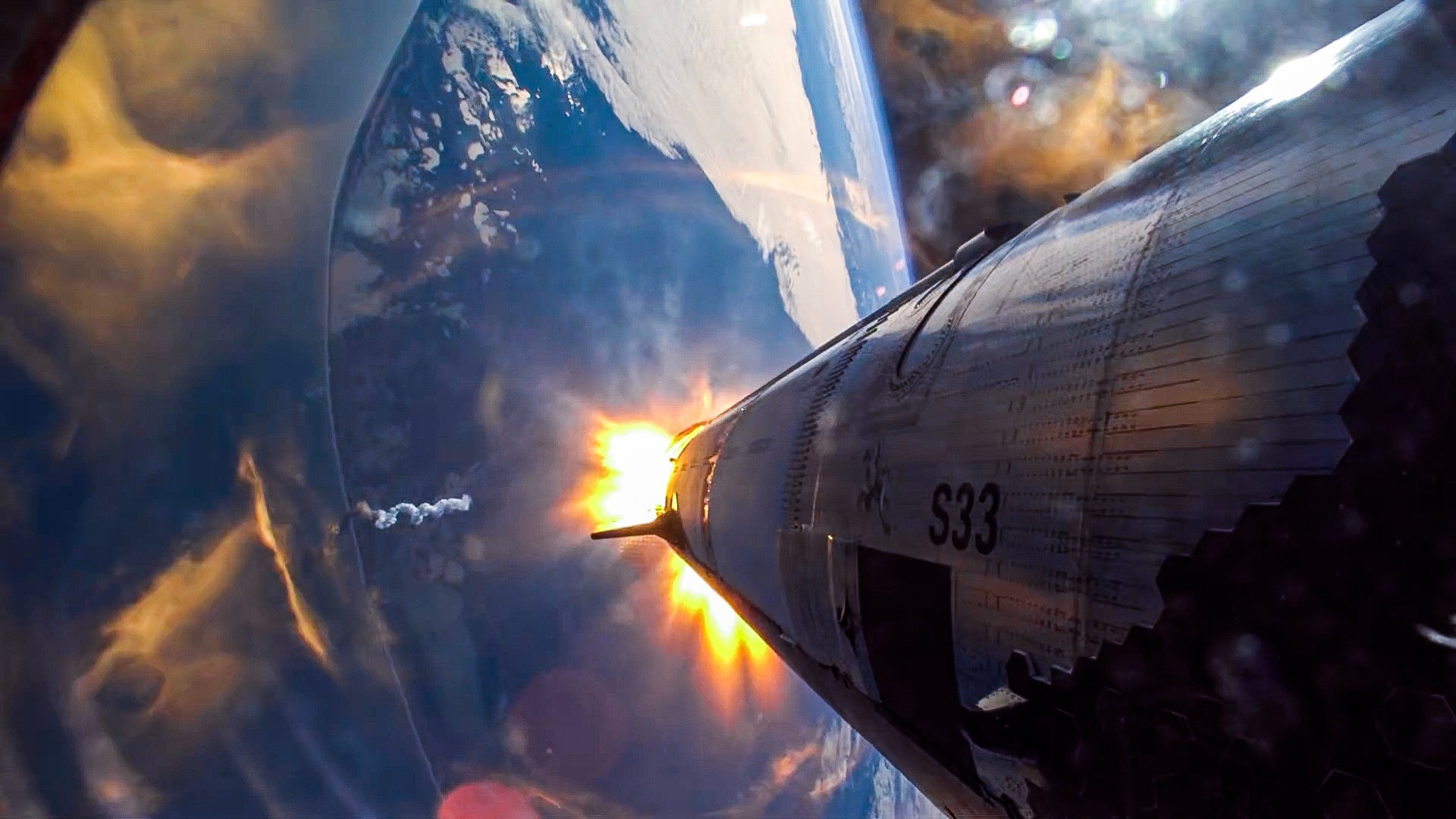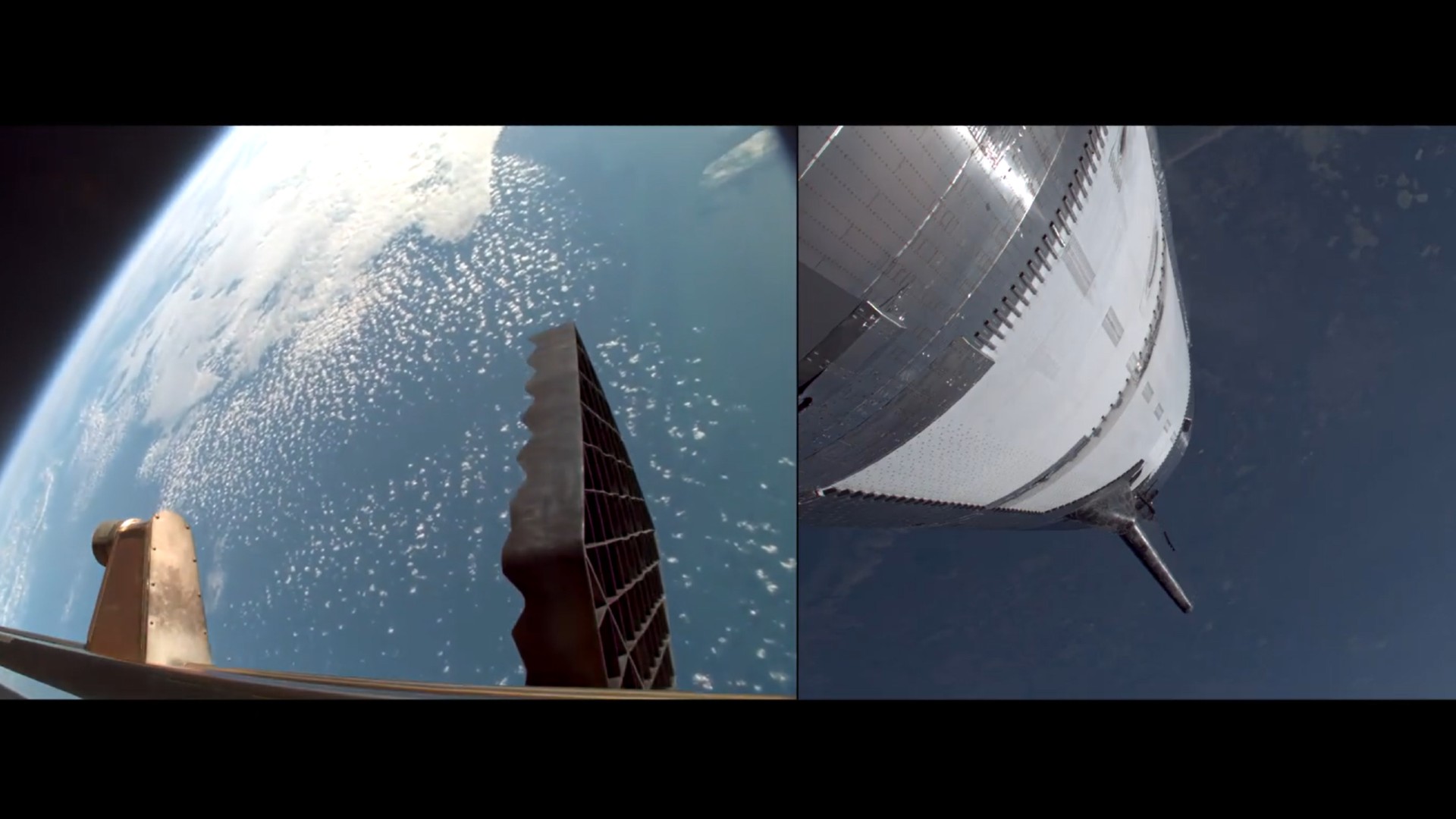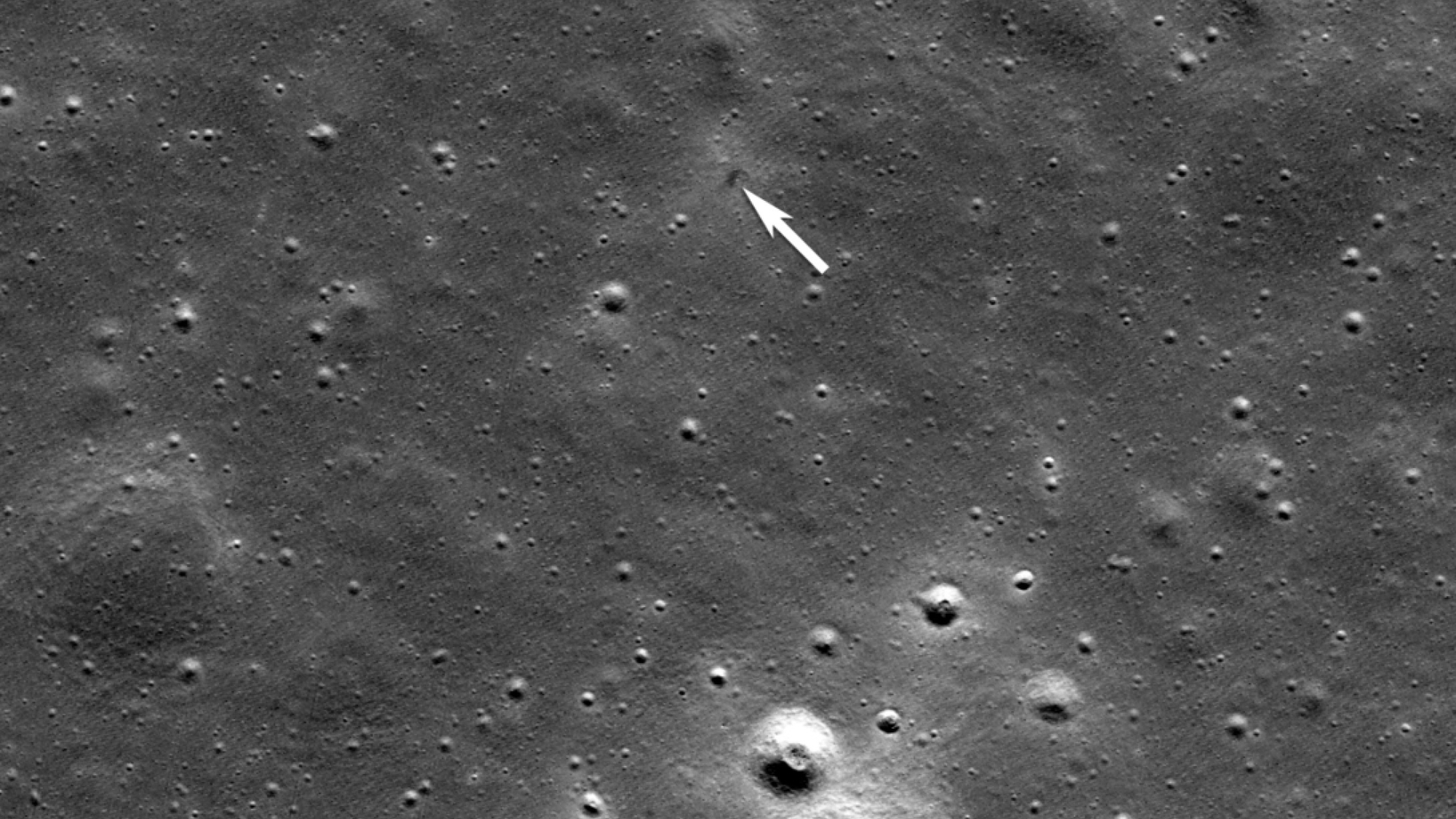
Falling space debris is a growing worry for aircraft, new research suggests
New research points out that the risk is rising due to increases in both reentries and airline flights.

Uncontrolled space debris reentries are of growing concern. The prospect of leftovers from space hotfooting into the Earth's atmosphere can create a collision risk with aircraft in flight. While the probability of a strike is low, the consequences could be catastrophic.
Recently, the Federal Aviation Administration (FAA) required SpaceX to perform a mishap investigation into the loss of their Starship vehicle during the private firm’s launch operations on Jan. 16 from the Texas-based Starbase facility. Starship 7 leftovers arced into the Atlantic near the Turks and Caicos Islands, with reported debris being found on land.
During the Starship 7 destructive event, the FAA activated a Debris Response Area and briefly slowed aircraft outside the area where space vehicle debris was falling or stopped aircraft at their departure location. Several aircraft requested to divert due to low fuel levels while holding outside impacted areas, said the FAA in a statement, called preliminary and subject to change.
New research
That incident underscores the output from a new study titled "Airspace closures due to reentering space objects" published in Scientific Reports, an open access journal.
The research points out that the risk is rising due to increases in both reentries and airline flights.
"In response, national authorities may choose to preemptively close airspace during reentry events; some have already done so," explains the paper authored by Canada-based researchers.
Airspace
"In short, there is a 26 percent chance of an uncontrolled space debris reentry in busy airspaces such as the Northeastern United States or Northern Europe each year," said Ewan Wright at the University of British Columbia, Vancouver, Canada.
Breaking space news, the latest updates on rocket launches, skywatching events and more!
"Authorities may choose to close airspace in response, as occurred in Europe in 2022, but this has economic impacts and further safety consequences," Wright told Inside Outer Space.
Wright, along with colleagues Aaron Boley and Michael Byers, write in their paper that, for a given reentry, the collision risk in the underlying airspace increases with the air traffic density.
They point out that the economic consequences of flight delays also increase should that airspace be closed.

Dilemma
"This situation puts national authorities in a dilemma — to close airspace or not — with safety and economic implications either way. The collision risk could be mitigated if controlled reentries into the ocean were required for all missions," the researchers contend.
However, over 2,300 rocket bodies are already in orbit and will eventually reenter in an uncontrolled manner.
"Airspace authorities will face the challenge of uncontrolled reentries for decades to come," the research team concludes.
Join our Space Forums to keep talking space on the latest missions, night sky and more! And if you have a news tip, correction or comment, let us know at: community@space.com.

Leonard David is an award-winning space journalist who has been reporting on space activities for more than 50 years. Currently writing as Space.com's Space Insider Columnist among his other projects, Leonard has authored numerous books on space exploration, Mars missions and more, with his latest being "Moon Rush: The New Space Race" published in 2019 by National Geographic. He also wrote "Mars: Our Future on the Red Planet" released in 2016 by National Geographic. Leonard has served as a correspondent for SpaceNews, Scientific American and Aerospace America for the AIAA. He has received many awards, including the first Ordway Award for Sustained Excellence in Spaceflight History in 2015 at the AAS Wernher von Braun Memorial Symposium. You can find out Leonard's latest project at his website and on Twitter.
